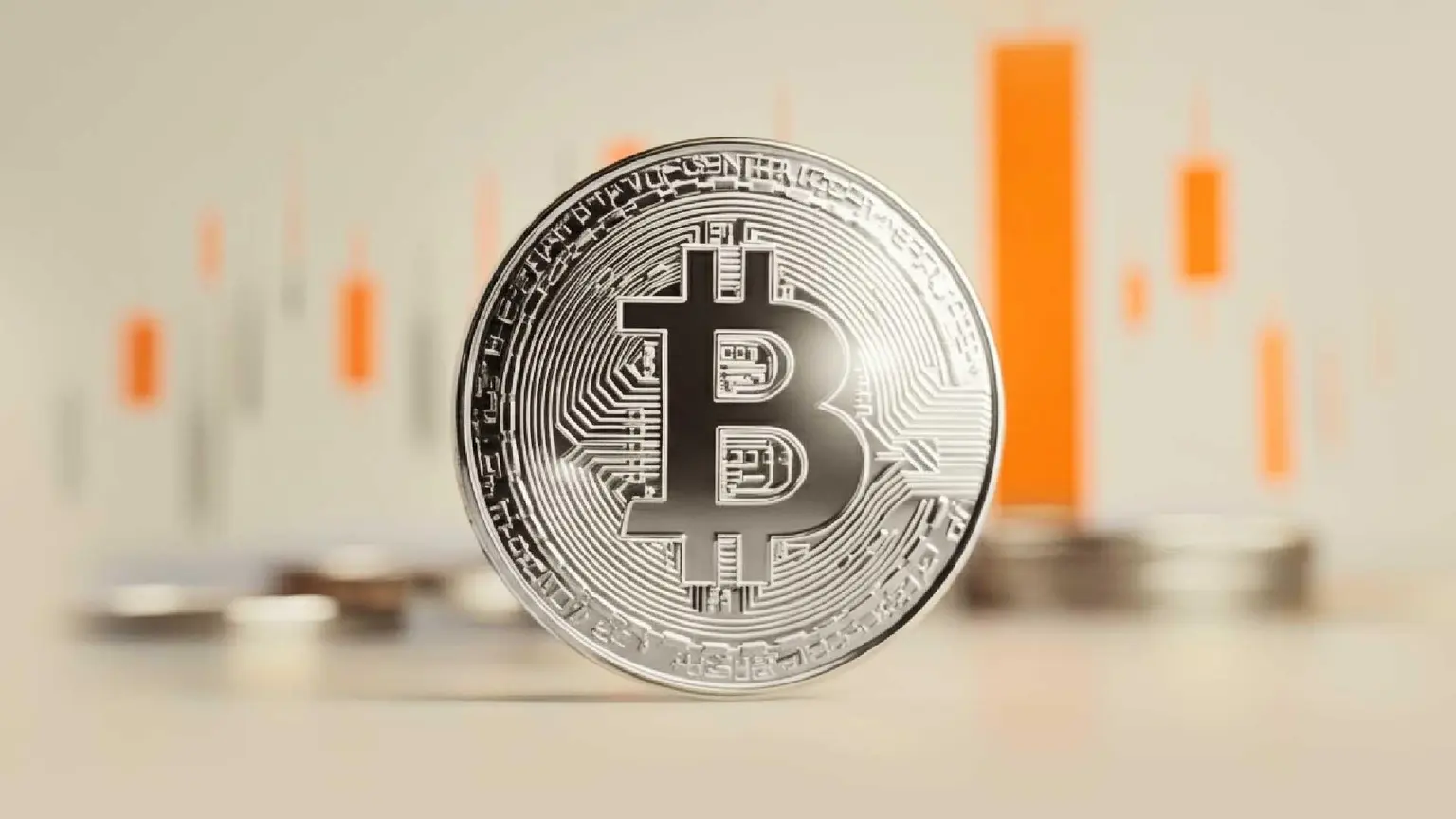What is Stellar? XLM beginner’s guide

Stellar is an open-source, distributed payments infrastructure that aims to enable efficient cross-border transactions between any pair of currencies. The Stellar Development Foundation, a Delaware-based nonprofit organization, supports the protocol and was created in collaboration with Stripe CEO Patrick Collison.
Stellar (XLM) was launched in July 2014 as a decentralized open-source protocol to allow performing crypto transfers to fiat and vice versa. It features decentralized control, allowing anyone to participate without a central authority. Low latency, reaching an unanimous consensus in only a few seconds. Flexible trust, the user is free to trust any combination of parts. Asymptotic security, avoiding 51% of the attacks based on digital signatures and hash families.
Who created Stellar Lumens?
Jed McCaleb, the founder of the failed Mt. Gox exchange and co-founder of Ripple, created the Stellar network in 2014, following disagreements on the implementation of Ripple’s core principles. McCaleb introduced the network as an open-source, decentralized payment network protocol that facilitates cross-border transactions between different currency pairs efficiently and cost-effectively.
Stellar Lumens (XLM) is the native cryptocurrency of the network, which powers all of its operations.
Stellar’s ledger system requires the fundamental use of Lumens. The official document stated that introducing its native currency would deter bad or frivolous actors by imposing a minimum balance on each account and a small transaction fee as a nominal barrier. The network seeks to avoid the ledger becoming filled with spam or nonsense.
How many Stellar Lumens are there in circulation?
When the Stellar network first went live, 100 billion XLM were created. 25% of the Stellar Lumens created would be allocated to other non-profits working toward financial inclusion. At the same time, Stripe received 2 billion of the initial XLM coins in return for its seed investment.
For the first five years of the protocol’s existence, the supply of Stellar Lumens increased by 1% annually.
However, the inflation mechanism was put to an end in October 2019 after a community vote. A month following the decision, the overall XLM supply was reduced. Stellar Lumens supply is now capped and finite. There are around 50 billion XLM in existence, and no new tokens will be created in the future.
Although the finite supply of XLM remains at 50 billion, there are around 25 billion Stellar Lumens in the open market. At the same time, the Stellar Development Foundation retains the other half to develop and promote the cryptocurrency. The rest of the XLM held by the foundation would enter the public markets over the next few years.
Where can you buy XLM?
Similar to many of its large-cap counterparts, Stellar Lumens is available on many cryptocurrency exchanges, including Coinbase, Kraken and Binance.
Stellar also has its native exchange, Lobstr, which allows users to buy XLM directly on the network.
Are Stellar Lumens a security?
While the United States Securities & Exchange Commission (SEC) has filed a lawsuit against Ripple Labs, stating that XRP is a security, Stellar Lumens has managed to distance itself from the controversy.
Stellar Development Foundation CEO Denelle Dixon clarified that Stellar Lumens is more inclined toward utility and that XLM focuses on being a bridge currency on the network.
So far, there has been no legal issue with the sales or status of XLM as a security raised by the securities regulator.
What companies use Stellar Lumens?
Mercado Bitcoin, the first Brazilian BTC exchange, announced in August 2014 that it would be using the Stellar Network. Three million registered user accounts had been created by January 2015, with the XLM market cap reaching almost $15 million. Since then, the adoption of Stellar has continued to grow.
Stellar is an open financial infrastructure that allows any user to build on top of the network. According to the official website, large companies, including IBM and Franklin Templeton, use Stellar to move money and access new markets.
IBM’s World Wire project aims to connect larger-scale institutions to Stellar using the publicly-permissioned network. World Wire users were able to transact using bridge assets on the Stellar network using stablecoins. Since the Stellar Consensus Protocol prevents forks, all assets are kept on one global ledger, which allows for efficient and immediate settlement of payments.
Franklin Templeton announced in September 2019 in a filing with the US SEC outlining its plans to tokenize a new fund on the Stellar blockchain. The global investment firm, managing almost $700 billion worth of assets, is waiting for regulatory approval to tokenize the new fund that will primarily consist of government securities, cash and repurchase agreements.
One of the leading housing companies in Germany, Vonovia, also announced in early 2021 that it had issued $24.3 million worth of digital bonds on the Stellar blockchain. The three-year bond will use Stellar’s blockchain technology for the transfer of real estate rights. The company stated that the issuance process of the bonds would be more convenient and efficient on the network.
Stellar Lumens vs. XRP
Cryptocurrency speculators often compare XRP and XLM as Ripple and Stellar both aim to improve cross-border transactions. XRP was founded by Ripple Labs in 2012, and Stellar was created by Jed McCaleb in 2014.
Both networks have private nodes without the need for mining and deliver nearly free and instant transactions, ideal for international payments and transfers.
The two networks share a common code base and design scheme as Stellar copied much of its code from the XRP ledger. The Stellar network has made several adjustments to stand out from Ripple. Stellar core, a software for maintaining the ledger and validating transactions, powers the network.
For Ripple, the XRP ledger is the underlying technology that allows users to receive the cryptocurrency using public and private key cryptography, enabling servers to send transactions on the network.
Ripple’s network targeted banks, a huge market with a lot of potential for profit. On the other hand, Stellar aims to help the unbanked and extend the reach of financial services around the world.
Stellar uses its unique consensus protocol on its network, while Ripple operates on the Ripple Protocol consensus algorithm. While Stellar Lumens coins are finite, the XRP cryptocurrency is deflationary, which decreases circulation.
Stellar attempts to position itself as a kind of decentralized exchange, with an order book that keeps track of the ownership of Stellar Lumens. These coins can be traded on its platform between users using the XLM cryptocurrency.
The objective of XRP was to complement traditional payment systems by migrating transactions to more open infrastructure.
The Stellar Development Foundation was tasked to distribute the initial supply of XLM of 100 billion over a period of ten years. However, the distribution process ran into roadblocks, and the team only managed to distribute over 7 billion Stellar Lumens. The organization then made changes to cut the overall supply of XLM, reducing the total amount of coins to 50 billion.
Ripple initially distributed 45 billion XRP to users through giveaways, and the company escrows the remaining XRP to fund the development of its technology. The distribution of its tokens has been highly debated in the crypto community due to Ripple Labs being a for-profit company.
Stellar Lumens vs. Ethereum
Ethereum and Stellar vary substantially in how they approach their value propositions and design.
While Ethereum also acts as a decentralized payment network, its functionality targets a broader audience. The network allows for the development of smart contracts, token issuance and is popular in the decentralized finance and non-fungible token markets.
Ethereum seeks to use blockchain technology to decentralize products and services beyond the financial sector. However,
Stellar and Ethereum both have the potential to support financial inclusion and serve the unbanked.
Stellar and Ethereum are both supported by nonprofit organizations, Stellar Development Foundation and the Ethereum Foundation, respectively.
Ethereum was able to raise $18 million at the time of its crowdsale, selling 72 million ETH.
Although Ethereum is moving toward using a new consensus mechanism, proof-of-stake, currently the network is still running on proof-of-work, similar to Bitcoin. Network upgrades and transactions are validated on Stellar through the Stellar Consensus Protocol.
Author

Sarah Tran
Independent Analyst
Sarah has closely followed the growth of blockchain technology and its adoption since 2016.




